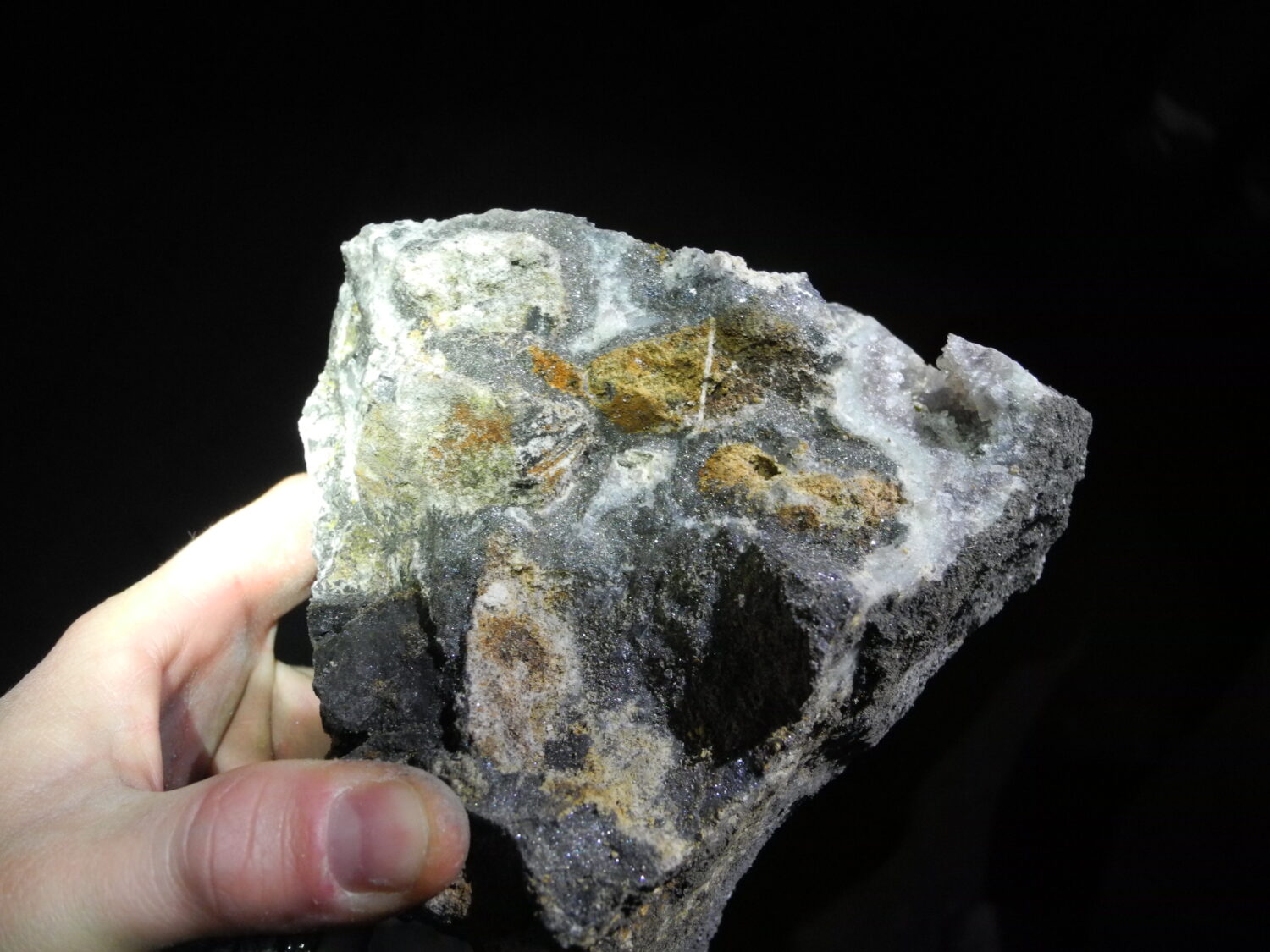 https://earth-investment.com/wp-content/uploads/2022/09/DSCN9703-1500x1125.jpg
https://earth-investment.com/wp-content/uploads/2022/09/DSCN9703-1500x1125.jpg
The environment for silver could hardly be worse. The turnaround in interest rates and concerns about a recession are weighing heavily on the price of the precious metal and the prices of silver shares. At the same time, the long-term structural prospects are very good.
Those who bet on silver or those companies that mine the precious metal have not had an easy time of it lately. In dollar terms, the precious and industrial metal has lost around 18 percent since the beginning of the year. Silver shares were hit even harder: the shares of the large mining companies lost between 20 and 40 percent, while smaller companies and exploration firms lost even more ground in some cases. There are plenty of reasons for this negative development. “One of the main factors influencing silver, which offers no current yield, is real interest rates,” explains Lok Gurung, silver analyst and advisor at Earth Resource Investment AG. “Therefore, the turnaround in interest rates, which has been heralded by central banks this year in the face of soaring inflation, is poison for precious metals like silver.”
While the past few years have been characterized by negative real interest rates, that has recently changed dramatically. While annual inflation in the U.S. was recently 9.1 percent, future inflation expectations are critical to real interest rates. The market is currently pricing in an inflation rate of 2.5 percent by the end of the year. At the same time, because of the Fed’s aggressive stance, the market is assuming a yield of around three percent on 10-year U.S. Treasury bonds by the end of 2022, a level that has already been reached today. “This means that we have a positive real yield of around 0.5 percent at present,” Gurung makes clear.
China lockdown as a further burdening factor
But that is not the only burdening factor. According to the World Silver Survey 2022, around 50 to 60 percent of the silver demanded by industry goes to the East Asian region, and China is one of the biggest demanders there. “Because of the no-covid strategy and the lockdowns, a significant amount of demand has been lost there,” the analyst explains. “In addition, the U.S. government has imposed punitive tariffs on photovoltaic imports since 2018, which has also negatively impacted metal demand. Although the tariffs were recently suspended for 24 months, which should bring more attention back to silver.” Still, all of this has helped to push silver prices down.
But the revaluation has been particularly drastic for silver mining companies. Typically, the larger companies in this sector are valued at 1.5 to two times their net asset value. “Currently, however, the valuation is less than one and the smaller companies are available at a discount of about 50 percent to their value,” Gurung says. Fabian Erismann of Earth Resource Investment AG has the same opinion: “In the short term, a quick recovery would not be expected, but in my opinion, the medium- to long-term outlook for silver looks very interesting.”
Gold-silver ratio speaks for the little brother
One fact that makes the analyst optimistic is the gold-silver ratio. On a historical average, gold is about 60 to 70 times more expensive than silver. Currently, however, the ratio is 91. “Normally, the ratio always moves back toward the long-term average in the course of the mean reversion, which is why we see more upside potential in silver at the moment,” Gurung says. For that to come to fruition, however, there needs to be a trigger. One of those could be monetary policy. “We expect the Fed and other central banks to be less aggressive in the second half of the year, and then real yields should fall, which would be an important support for gold and silver,” the expert says.
Also, much will depend on the performance of the U.S. dollar. A weakening of the U.S. currency would be very beneficial for the price of silver. But above all, supply and demand are decisive for the price development of silver, as with all commodities. And here, not least because of Russia’s invasion of Ukraine, the issue of security and independence in energy supply is coming more into focus. “For this reason, for example, there is a strong push to expand solar energy, while at the same time sales of electric vehicles will increase significantly in the coming years,” Gurung explains. “And that means additional demand for the precious metal.”
Structurally good prospects
For example, an e-car requires around 1.6 to 2.2 times as much silver as vehicles with internal combustion engines. According to estimates, a deficit in the silver market of 200 to 300 million ounces per year could build up by 2025 due to this higher demand and the planned expansion of photovoltaics. A quick solution to the shortage is not in sight. “After all, the average life of silver mines is quite short, around ten years, while the projects currently planned are not sufficient to meet the additional demand,” Gurung says. Also, silver-bearing ore deposits are often small and costly to explore and locate. “In addition, there are political and regulatory hurdles, especially in Central and South America, while costs are rising.” In other words, structurally, the silver price is likely to pick up significantly again in the medium to long term. “And that’s where the currently very favorable valuation of silver shares offers an excellent opportunity to build up a position in this area,” concludes the silver expert.